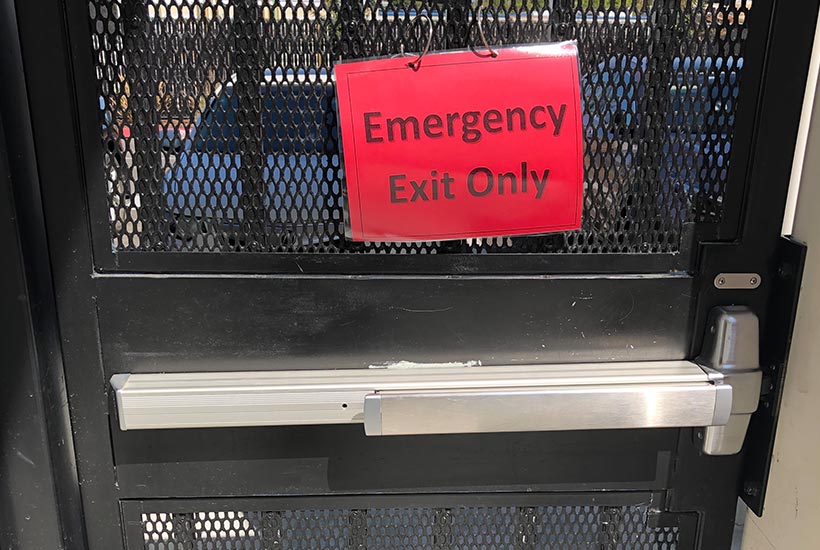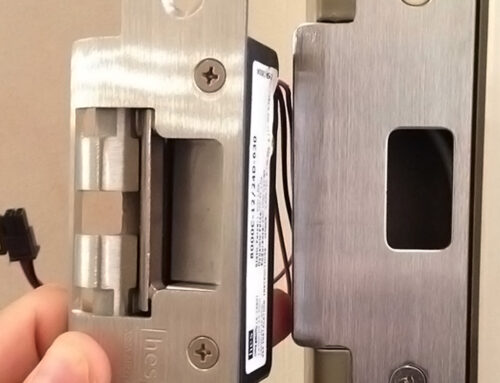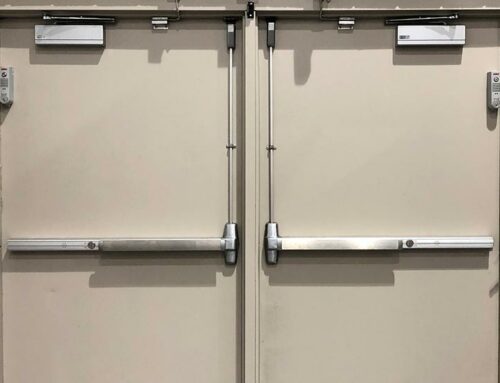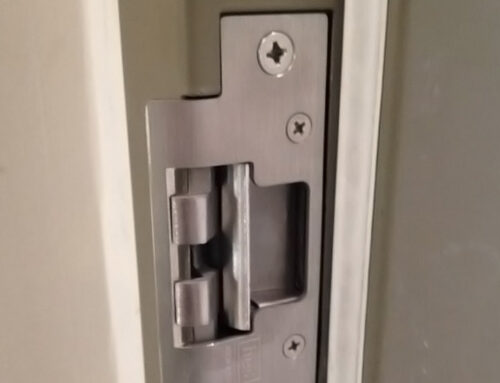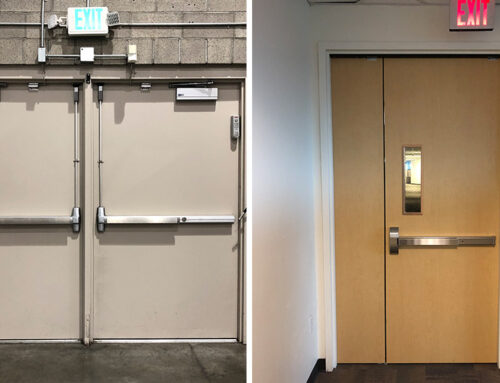Panic bars, exit devices, and crash bars are all terms used to describe hardware installed on doors to facilitate safe and efficient egress from buildings in emergency situations. While these terms are often used interchangeably, they do have nuanced differences in their definitions and functions. Let’s explore these differences in detail.
Panic Bars
Panic bars are a type of door hardware designed to provide a quick and easy means of exit in emergency situations, particularly in crowded or high-traffic areas. They are typically installed on exit doors in public buildings, schools, theaters, and other places where large numbers of people gather. The primary feature of a panic bar is its horizontal bar or push bar that spans the width of the door. When pushed, the bar releases the latch, allowing the door to swing open easily.
Panic bars are designed to meet strict building and fire codes and are required to be operable with minimal force, ensuring that individuals of all ages and physical abilities can use them to exit a building swiftly during an emergency. They are often fitted with alarms that sound when the bar is pushed, alerting building occupants and security personnel to the emergency.
Exit Devices
Exit devices are a broader category of door hardware that includes panic bars. While panic bars are a type of exit device, exit devices can encompass other mechanisms as well. Exit devices, in general, are designed to facilitate the rapid evacuation of a building and are required to meet specific code requirements for accessibility, durability, and reliability.
Fire exit devices cannot be dogged (stay unlatched) because it’s installed on a fire door that needs to be latched at all times in order to prevent the spread of smoke and fire thru the building. Some internal parts are slightly different as well, designed to withstand the heat for a longer period of time than the panic exit device. Panic exit devices are meant to help different (shape and size) people escape the area in case of emergency. So ANYONE can unlock and escape without any knowledge on how to operate the lock. Even though Fire exit device and panic exit device could look almost identical, fire exit device is also a bit more expansive
Exit devices can include not only panic bars but also other components like crossbars, touchpad controls, and touchless sensors. They are versatile and can be customized to suit the specific needs of a building or its occupants. For example, touchless exit devices have gained popularity in recent years, especially in response to health concerns such as the COVID-19 pandemic.
All panic bars are exit devices, but not all exit devices are panic bars. Exit devices encompass a broader range of hardware designed to ensure safe egress from buildings during emergencies.
Crash Bars
The term “crash bars” is sometimes used colloquially to refer to panic bars or exit devices, but it can also have a specific meaning in certain contexts. In some cases, “crash bars” may refer to heavy-duty exit devices designed for high-impact or security applications. These devices are built to withstand physical force, such as attempted forced entry or collisions, and are often used in settings like warehouses, factories, and secure storage areas.
Crash bars in this context are characterized by their robust construction and may have additional features like reinforced mounting and locking mechanisms to enhance security.
While panic bars, exit devices, and crash bars are related terms associated with door hardware for emergency egress, they differ in their scope and specific features. Panic bars are a subset of exit devices that focus on rapid egress, while exit devices encompass a wider range of hardware options. “Crash bars” can refer to either heavy-duty exit devices or be used interchangeably with panic bars or exit devices in informal language. Understanding these distinctions is essential when selecting and installing door hardware to ensure the safety and security of building occupants.

